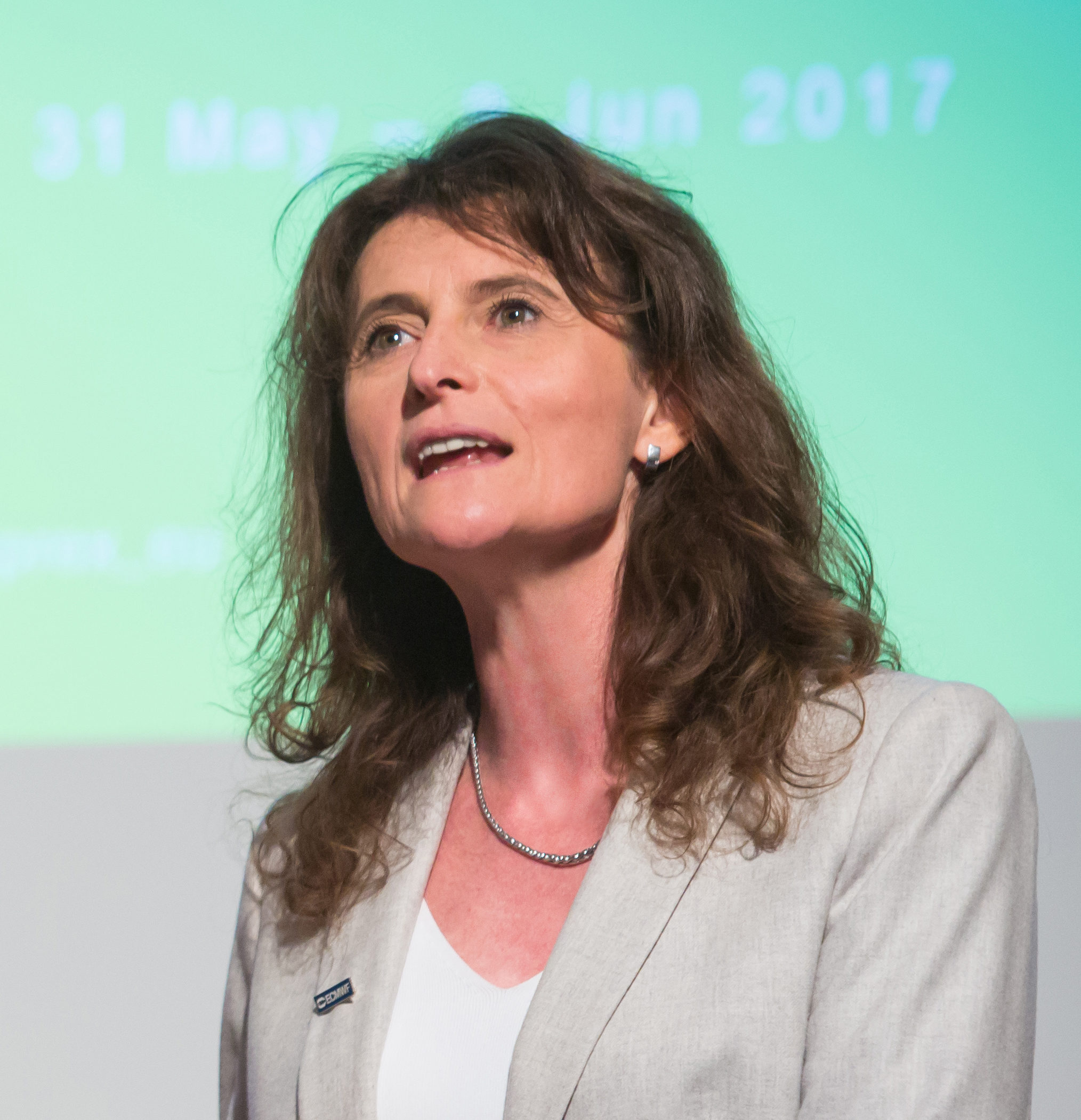 ECMWF’s Council in December chose Bonn in Germany as the site for a new location, where we will focus on our role in the EU’s Copernicus Earth observation programme but will also include other research and forecasting activities. Bonn spreads our wings more widely in terms of locations as our next supercomputer will be housed in Bologna, Italy, while our headquarters and most scientific and forecasting activities will remain in Reading, UK. ECMWF thus turns into a multi-site organisation. The move to Bonn became necessary after Britain decided to leave the EU, but it brings fresh opportunities: the new location is in the centre of Europe, with a lot of world-class scientific institutions within easy reach.
ECMWF’s Council in December chose Bonn in Germany as the site for a new location, where we will focus on our role in the EU’s Copernicus Earth observation programme but will also include other research and forecasting activities. Bonn spreads our wings more widely in terms of locations as our next supercomputer will be housed in Bologna, Italy, while our headquarters and most scientific and forecasting activities will remain in Reading, UK. ECMWF thus turns into a multi-site organisation. The move to Bonn became necessary after Britain decided to leave the EU, but it brings fresh opportunities: the new location is in the centre of Europe, with a lot of world-class scientific institutions within easy reach.
Copernicus also features in this Newsletter with a feature article about a major upgrade of the European Flood Awareness System. The latter is part of the Copernicus Emergency Management Service, for which ECMWF provides computational services. The article illustrates well the way in which weather forecasting contributes to flood forecasting. Conversely, flood forecasting provides useful feedback on the quality of weather forecasts. The ultimate goal is to develop a consistent Earth system model with a realistic water budget.
There are many articles in this Newsletter which provide insights into the activities in our core business of medium-range weather forecasting. They range from an article reviewing wind and rain forecasts when storm Alex affected Europe to a review of progress in near-surface forecast biases. An overview of the direction ahead is given by Director of Research Andy Brown in an interview on the new Strategy to 2030. He makes it clear that we have now set our sights on global ensemble forecasts with three- to four-kilometre resolution – a revolution compared to the 18 kilometres still operational today. This ever-finer grid spacing will be accompanied by many developments, among them the advance of machine learning. In this field, we will be seeking to usefully combine data-driven approaches with the strengths of our physics-based forecasting systems. Other key areas are advances in data assimilation, with a lot of new weather observations, and moves to open data.
As the Strategy makes it clear, our numerical weather prediction in the medium and extended range benefits in different ways from running the Copernicus Climate Change Service and the Copernicus Atmosphere Monitoring Service. The reanalysis of past weather, for example, is fundamental to improving weather forecasts. And some of the processes in atmospheric composition are relevant for numerical weather prediction, too. It is this kind of synergy which we will seek to develop, including by moving part of our activities to Bonn.
Florence Rabier
Director-General

